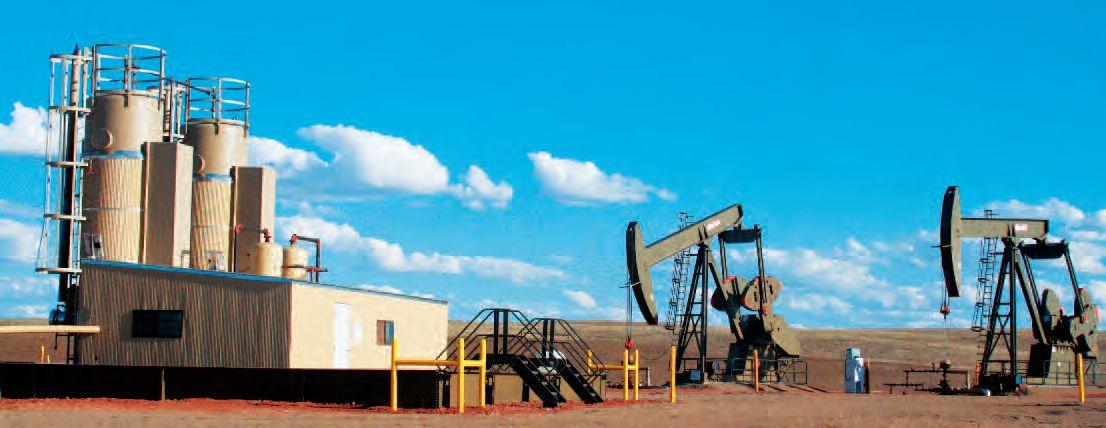
2 minute read
US oil production outstrips imports
Production in ND, Texas shale plays expected to continue outpacing US refinery demand
BY SABINA ZAWADZKI
U.S. crude oil production in October exceeded imports for the first time in nearly two decades, starting a trend that is likely to continue for the foreseeable future as the country benefits from one of the biggest oil booms in history.
The Energy Information Administration says oil production in October was 7.7 million barrels per day (bpd), the highest for that month in 25 years, which surpassed net imports of 7.6 million bpd.
It is the latest milestone reached by the world's largest oil consumer after the shale oil revolution reversed declining output and gave fresh momentum to the oil industry in states such as North Dakota and Texas.
"I think this is huge and it's another step in this revolution that we're seeing in the energy market," says Phil Flynn, an energy analyst at the Price Futures Group in Chicago. "We're seeing our reliance on imports of crude fall every day."
In its monthly Short Term Energy Outlook, the EIA forecast U.S. oil production rising to 8.88 million bpd in December 2014 and average 8.49 million bpd throughout that year.
from 1970-1974, according to energy consultancy PIRA.
With U.S. crude oil exports virtually banned, the boom has benefited U.S. oil refineries by providing them with plentiful and cheap feedstock. Some in the industry have been speculating whether export restrictions — imposed after the 1970s Arab oil embargo provided a rude awakening to the dependence of the country on foreign oil — could be eased in years to come.
"Some natural gas and liquefied natural gas exports have begun and if that goes fairly well, it may have the U.S. revisit some of the rules we put in place after the crisis in the 70s and rethink some of those policies. That's how different the world is now," Flynn says.
Refiners, however, are free to sell gasoline and diesel and other fuels abroad without restriction. Exports hit a record high in September of 3.4 million bpd, EIA data shows.
The U.S. Energy Information Administration expects domestic oil production to exceed imports for the foreseeable future, due in part to oil produced in the Bakken.
PHOTO: KRIS BEVILL, PRAIRIE BUSINESS MAGAZINE
Imports, meanwhile, will fall to as low as 5.8 million bpd in December next year and average 6.54 million bpd for the year. The EIA forecasts show production outstripping net imports for every month until the end of 2014.
The White House said the country had crossed a "historical milestone in energy independence" and credited falling oil demand to President Barack Obama's policies of increasing vehicle fuel efficiency and encouraging biofuel production.
U.S. output including natural gas liquids and biofuels has swelled 3.2 million bpd since 2009, the fastest expansion over a four-year period since a surge in Saudi Arabia's output
Rising production out of shale plays such as the Bakken in North Dakota and the Eagle Ford in Texas, coupled with pipeline bottlenecks, has caused cash and futures prices for U.S. oil to fall. WTI, the U.S. benchmark futures contract, traded at a discount of more than $20 earlier this year against international benchmark Brent, although that has since narrowed.
"EIA forecasts that growing non-OPEC crude production will continue to outpace refinery demand, leading to an average WTI discount to Brent of $10 per barrel in the fourth quarter of 2013 and $8 per barrel in 2014," EIA head Adam Sieminski said in a statement. PB
Sabina Zawadzki Reporter, Reuters News Agency Editing by Lisa Von Ahn, Krista Hughes and Bob Burgdorfer
Nominate her for Prairie Business magazine’s Top 25 Women in Business issue in March.


We are looking for women who are not only business leaders, but also excel in other areas such as leadership, community service, mentoring, entrepreneurship or balancing family and work.











